In the wine industry, the choice of a bottle’s size is important, and transcends mere functionality; it becomes a canvas reflecting the essence of the wine within. Far from being a simple vessel, each bottle size narrates a different story – from the vineyard’s philosophy to the nuances of aging and flavor. It’s a strategic element for retailers, a nod to tradition for connoisseurs, and a puzzle of logistics in the global dance of wine distribution. This guide delves into the multifaceted world of wine bottle sizes, offering a kaleidoscope of insights designed to enlighten and guide wine brands, retailers, and wholesalers. Embark on this journey with us to explore how every dimension, from the petite to the glorious, shapes the destiny of the wine it holds.
Section 1 The Evolution of Wine Bottle Sizes
The journey of wine bottle sizes is as rich and varied as the wine itself, weaving a story through history, culture, and technological advancement.
1.1 From Ancient Origins to Modern Mastery
The tale begins in ancient civilizations, where wine was stored in amphorae and barrels. These vessels varied greatly in size, often reflecting the wine-making traditions and consumption habits of different cultures. As we progressed through the Middle Ages, the evolution of glassblowing techniques in Europe marked a pivotal turn, leading to the birth of the glass wine bottle.
The glass wine bottle as we know it began to take shape in the 17th century. The development of stronger, more consistent glass allowed for the creation of standardized sizes. This period witnessed the emergence of the 750ml bottle, a size influenced by the average lung capacity of glassblowers and the practicality of handcrafting.
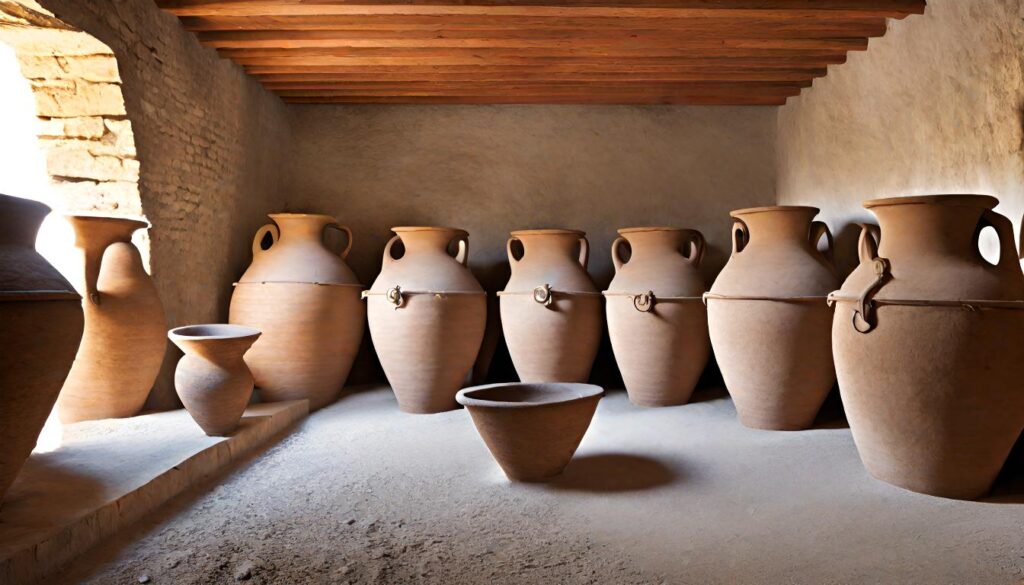
1.2 A Symphony of Sizes
As winemaking flourished, so did the diversity of bottle sizes. The 18th and 19th centuries saw the introduction of larger formats, initially in regions famed for their sparkling wines, like Champagne. The grandeur of larger bottles was not only a symbol of prestige but also a practical decision – larger bottles allowed for slower, more nuanced aging processes, benefiting the wine’s development.
1.3 The Art and Science Behind the Sizes
The evolution of wine bottle sizes is not just a narrative of aesthetic choices; it’s rooted deeply in the science of winemaking. The surface area to volume ratio in different-sized bottles affects the rate of oxygen ingress and the aging of wine. This understanding led to the development of varied sizes, each serving a unique purpose in the maturation and presentation of wine.
1.4 The Modern Landscape
Today, the diversity of wine bottle sizes reflects the global and dynamic nature of the wine industry. From the compact half-bottle, perfect for a solo evening, to the show-stopping Melchizedek, ideal for grand celebrations, each size tells its own story, influenced by tradition, innovation, and market trends.
This enriched section provides a narrative journey through the history of wine bottle sizes, linking their evolution to cultural, technological, and scientific developments, and culminating in the present-day diversity that mirrors the dynamic nature of the wine industry.
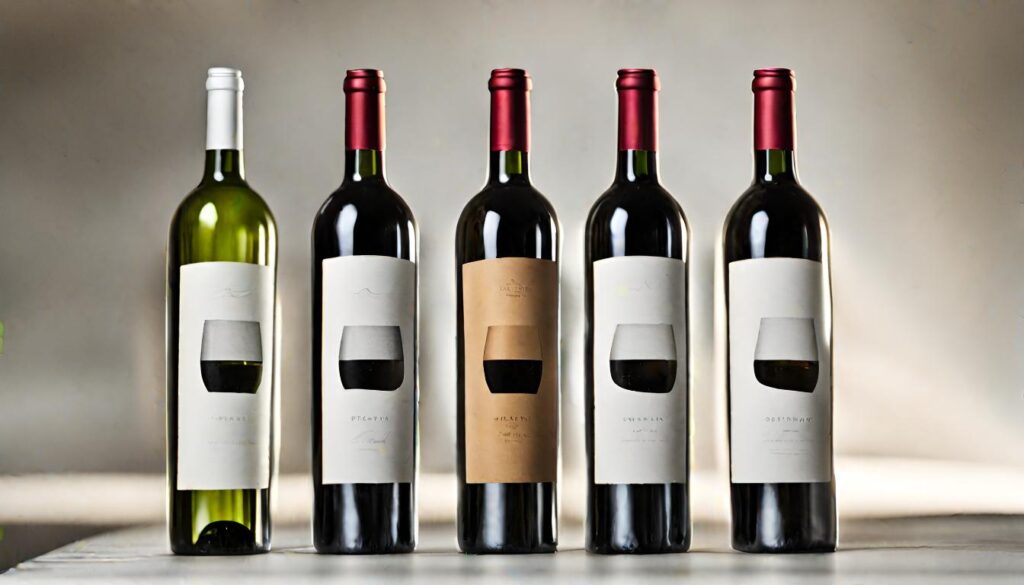
Section 2 Standard Wine Bottle Sizes and Their Names
In the realm of wine, the bottle is not just a container but a declaration of style, tradition, and intent. Each size, with its unique name and capacity, holds a story steeped in history and a promise of the experience to come.
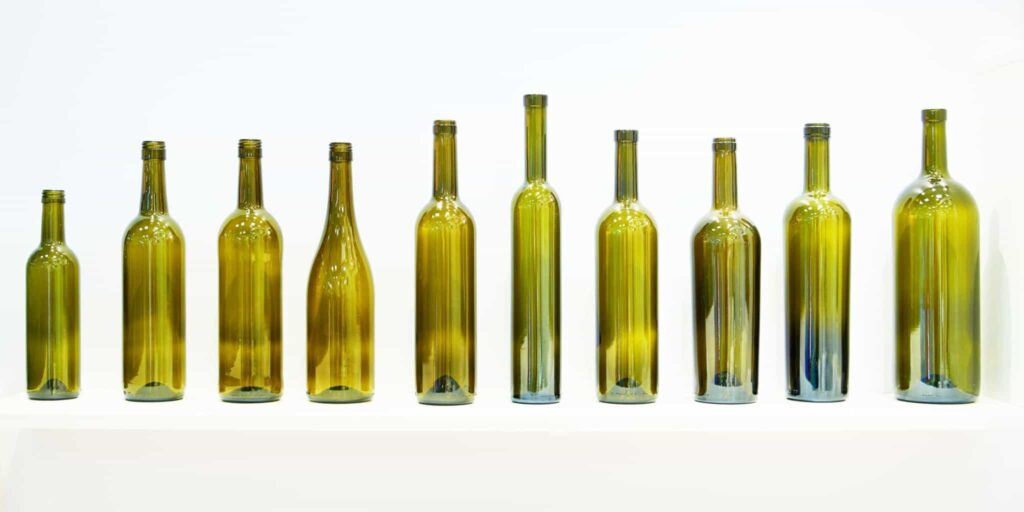
2.1 Diverse Wine Bottle Sizes
Piccolo or Split (187.5 ml): Often seen cradling sparkling wines, this diminutive size is perfect for a single serving, embodying intimacy and celebration.
Standard (750 ml): 750ml glass wine bottles are the bedrock of the wine world, this size is the result of centuries of evolution, balancing practicality and elegance. It’s the benchmark, a familiar friend to wine lovers everywhere.
Magnum (1.5 L): Double the standard, the Magnum speaks of generosity and festivity. It’s not just a larger bottle; it’s a statement, often associated with enhanced aging potential and a more profound expression of the wine.
Jeroboam (3 L): In Bordeaux, this size is known as the Double Magnum, but in Champagne, it’s the Jeroboam. This size starts to step into the realm of the extraordinary, often reserved for special occasions and grand gatherings.
Rehoboam (4.5 L): A name with biblical echoes, this size is predominantly seen in the sparkling wine world, a symbol of grandeur and celebration.
Methuselah (6 L): Equivalent to eight standard bottles, this format is a treasure in cellars, offering a majestic aging potential.
Salmanazar (9 L): Named after an Assyrian king, this impressive size holds a dozen standard bottles and is a centerpiece of grandeur in any collection.
Balthazar (12 L): A majestic format, holding sixteen standard bottles, this size is often the crown jewel at lavish events and esteemed wine auctions.
Nebuchadnezzar (15 L): Named after the ancient Babylonian king, this colossal bottle holds twenty standard bottles, a testament to extravagance and exceptional celebrations.
2.2 Special Sizes for Specific Wines
These larger-than-life sizes are more than just containers; they are custodians of the wine’s soul, allowing it to mature with grace and complexity. Larger bottles provide a grand stage for the wine to evolve, with their reduced oxygen exposure per volume of wine, leading to a slower, more harmonious aging process.
This enriched content adds depth and narrative to each bottle size, linking them to cultural and historical contexts, and emphasizing their roles in the wine experience. It creates a vivid and engaging picture of the variety and significance of wine bottle sizes.
Section 3 How Bottle Sizes Impact on Wine Quality?
The size of a wine bottle does more than just determine how much wine it holds; it plays a crucial role in the wine’s aging process and overall quality.
3.1 Aging and Bottle Size
○ Oxygen Exchange: Smaller bottles have a higher ratio of oxygen to wine due to less volume, leading to faster aging. Conversely, larger bottles, with their lower oxygen-to-wine ratio, allow for a slower, more gradual aging process.
○ Temperature Stability: Larger bottles offer greater temperature stability, which is beneficial for the wine’s development over time. This stability can lead to a more complex and nuanced flavor profile as the wine matures.
3.2 Quality and Perception
○ Perceived Quality: The size of the bottle can also influence the perceived quality of the wine. Larger bottles, often associated with special editions or premium wines, can create an impression of higher quality and exclusivity.
○ Taste Profile: The aging process in different-sized bottles can result in subtle variations in taste. Wines from larger bottles may be perceived as smoother and more rounded due to the slower oxidation rate.
3.3 Practical Implications for Retailers and Wholesalers
○ Stocking Decisions: Understanding how bottle size impacts wine quality is important for making informed stocking decisions. Retailers and wholesalers can guide their customers in choosing the right size based on their preferences for wine maturity and flavor profile.
○ Storage and Care: Different sizes require different storage and care considerations. Larger bottles, for instance, may need more space and careful handling, but their potential for better-aged wine can make them a worthwhile investment for collectors and connoisseurs.
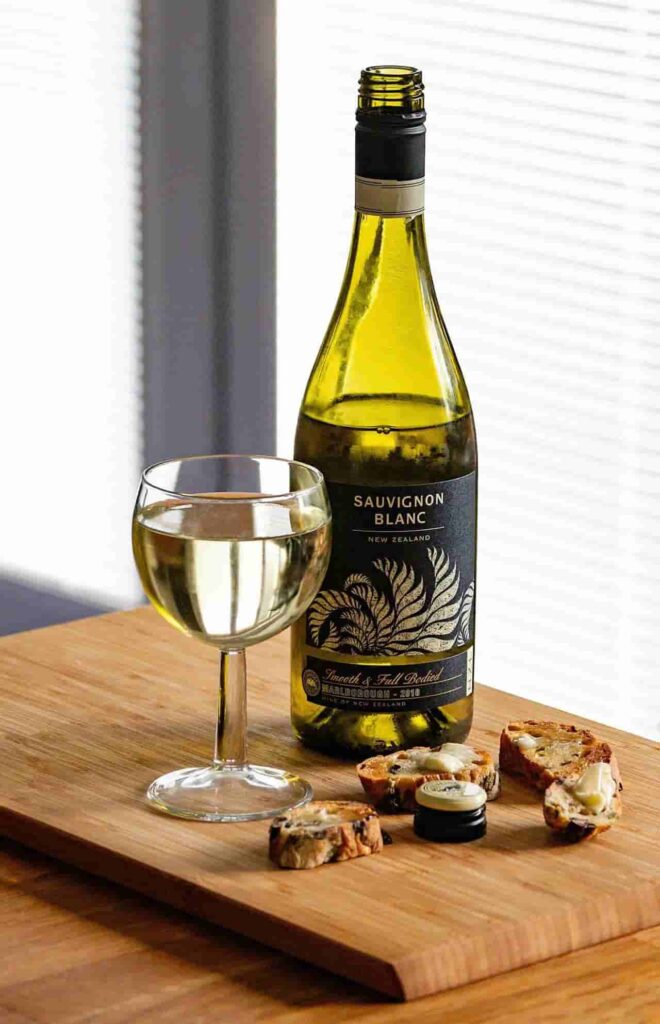
3.4 Consumer Choices
○ Selecting the Right Size: Consumers often choose bottle sizes based on the occasion, but understanding the impact on quality can further inform their choice. For example, a larger bottle might be preferred for aging or special occasions, while standard sizes are more suited for immediate consumption.
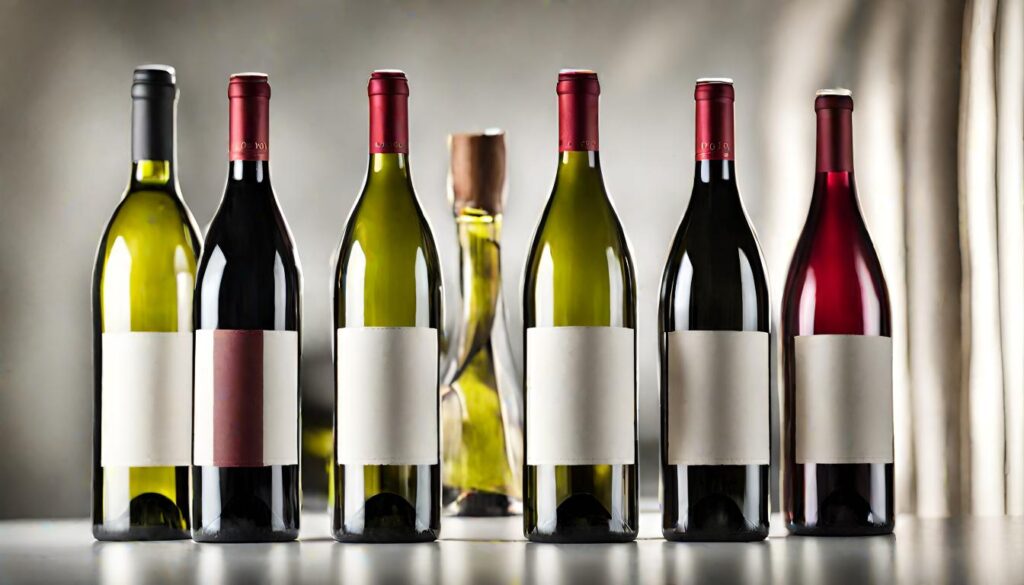
In summary, the size of a wine bottle is a significant factor in determining its aging potential and taste profile. For retailers and wholesalers, this knowledge is essential for effective inventory management and customer guidance, while for consumers, it adds another layer of appreciation in the selection and enjoyment of wine. For personalized guidance in selecting the ideal wine bottle sizes for your needs, feel free to reach out to Smilebottles. Our team is dedicated to helping you choose the perfect glass bottles for your wine packaging, ensuring both quality and style.










